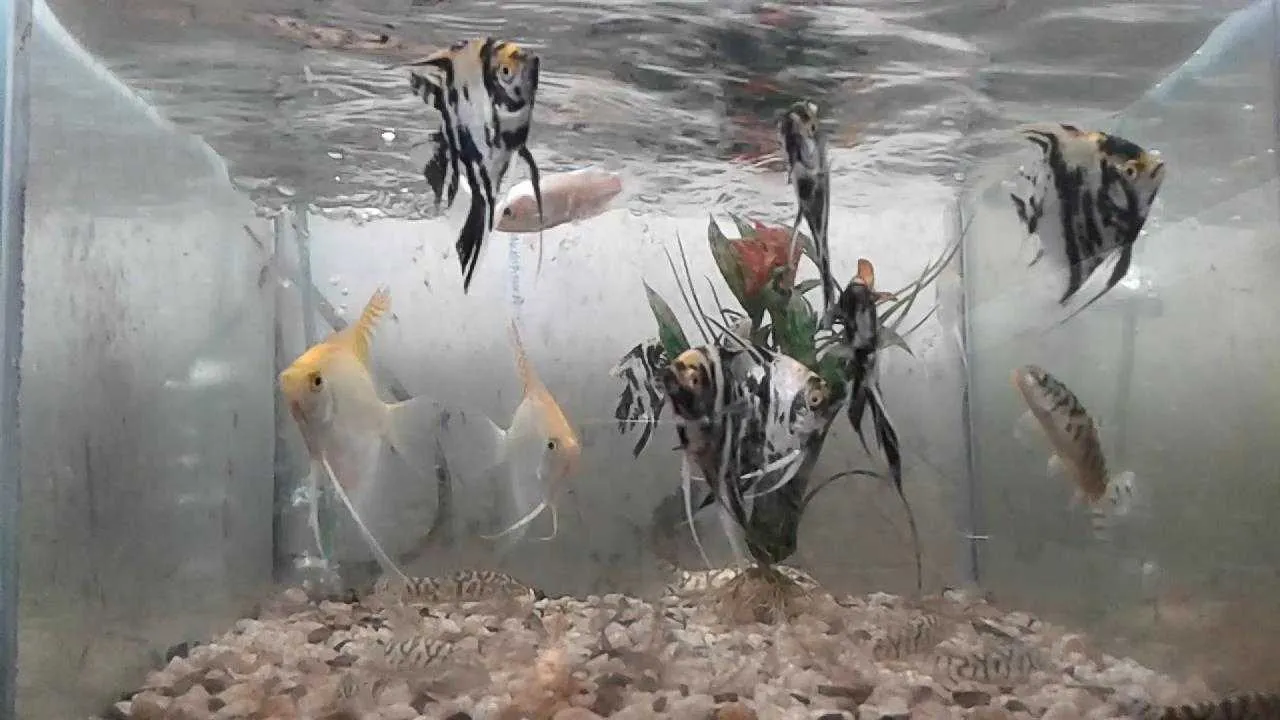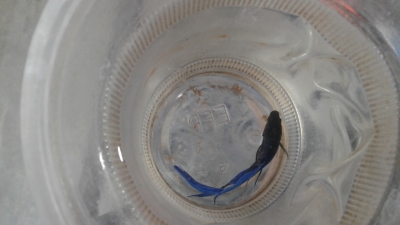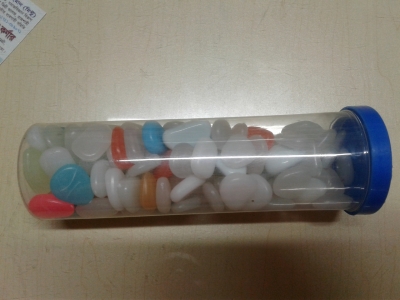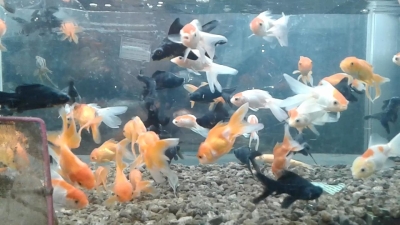
Angelfish, any one of the various incoherent fish of the order Pisiforms. Freshwater Angelfish, or Terofilum scalar, is a species of native Cichlid of South America. These fish are commonly found in various river systems across Colombia, Guyana, French Guiana, Peru, and Brazil, including the Rio Weak, Rio Essequibo, and the Amazon. These are thin, deep-bodied fish with extended dorsal, anal and pelvic fins. They are usually silvery with vertical dark markings but may be hard or partially black. They are carnivores and take care of their eggs and young. Depending on the authority, one to three species may be recognized: P. scalare, P. eimekei, and P. altum. Angelfish are native to freshwater tropical South America and can grow up to about 15 centimeters in length.
AngelfishBehavior
Also, they will not hesitate to eat small fish. This does not mean that they are aggressive, as many aquarists believe; Like most fish, they will eat anything that is opportunistic and fits into their mouths. Suitable tank mates include large tetras and raspberus, gouramis, peaceful barbs, rainbowfish, corridors and other medium-sized catfish. Although angelfish are generally peaceful fish, they can be cichlids and aggressive towards each other, especially when the pair tries to close and spawn. Angelfish are native to a large area of tropical South America, including much of the Amazon River system. In their natural habitat, they are found almost exclusively in calm, slow-moving waters.
Angelfish: How long do they live?
The average lifespan of an angelfish is 10-12 years, but it can live as low as 5 The lifespan of an angelfish depends on the environment of your aquarium, the food you give your angelfish and their tankmates. Let's cover how to make sure you live as long as you should.
Angelfish Food
Angelfish need plant-based foods to stay healthy, so be sure to include these fresh and nutritious foods in their diet. There is no food that is best for angelfish, and angelfish are rich in mixed foods that contain plant matter and meat. If possible, let your angelfish feed on black worms and bloodworms. Both are rich in nutrients and can improve the health of your angelfish. You can also give your angelfish live brine shrimp. However, these should be more of a treat than a staple food as they do not have very high nutritional value. If you can’t save or stomach the thoughts of live food, you can also consider frozen food. In addition to frozen blood worms and black worms, you can give your angelfish frozen krill, shrimp and plankton.
Angelfish breeding system
Rows of females lay eggs on the prepared surface and the males follow, fertilizing them. Unfortunately, most captive angelfish lose their rearing instincts and usually eat their own eggs or fry. Angelfish form monogamous pairs. Eggs are usually laid on a vertical surface: a piece of wood, a flat leaf or even aquarium glass. Breeders often provide an artificial spinning site such as a piece of slate, a ceramic cone, or a vertical piece of plastic pipe. In the case of most cichlids, for example, brood care is highly developed. The parents take care of the eggs, and when they hatch, the parents hang their fry on a vertical surface until they are free-swimming. Breeders induce pairs on vertical pieces of slate or other material, which they move to hatchery aquariums for enlargement.
Types of Angelfish
There are many types of angelfish like as.
Silver Angelfish
These are the color variations that most closely resemble the species "wild type" p. Similar to scalar. These are quite tough and the easiest of the angelfish to care for. Three vertical black stripes adorn the side. These stripes fade or darken depending on the mood of the fish.
Zebra Angelfish
The presence of four to six stripes distinguishes the zebra from the silver angelfish, which has only three stripes. It's called zebra lace and is a darker version of the zebra, with beautiful lace on the fins.
Veil and Super Veil Angelfish
A veil bred from a standard fin will produce half of each type, while a super veil bred from a standard fin will produce all Veltail offspring.
Koi angelfish
Initially they had reddish-orange on their heads, but strains were created so that the reddish-orange pigment could be seen all over the body and fins. The amount of oranges varies according to the stress level of the fish; The orange color will darken under high pressure.
Black Lace Angelfish
A fish with two dark genes is called a black, double black or double dark angel, and it is almost entirely black, although some strains or a slight obstruction in the right light can be seen. The angel fish Lace Angelfish was first bred in the 1950s.
Golden Angelfish
The receptive gene of that single fish eventually became Naja Gold, becoming the first gold angelfish in the aquarium business.
Blushing Angelfish
As the fish mature, their gills become opaque. A silver blushing is silver everywhere with red "cheeks" and these often show considerable blue colorlessness and are sometimes called blue angels or German blues.
Marble Angelfish
Silver and black markings on marble of this fish are marbled instead of striped. The classic marble angelfish will show distinctive marble on the body, combined with the stripes on the fins.
Golden Marble Angelfish
Gold marbles are often considered a subtype of this fish. A different gene causes gold marble color, which is more gold than silver and less black marble than a normal marble angelfish.
Half-black angelfish
This trait may be affected by environmental conditions, so genetically semi-black fish may appear silvery if their rearing conditions are less than ideal. Additional color features, such as marbling or blushing, are sometimes seen.
Altum Angelfish
It is a common species, Larger, deeper, and larger than scalar and all cross-breed mutations.
Whether you plan to breed your fish or enjoy them for their beauty, these fish are a great species to cultivate. If you want to stock your tank with angelfish, be sure to remember the tips and information mentioned in this article so that you can supply your fish with a tank that meets all their requirements.




















